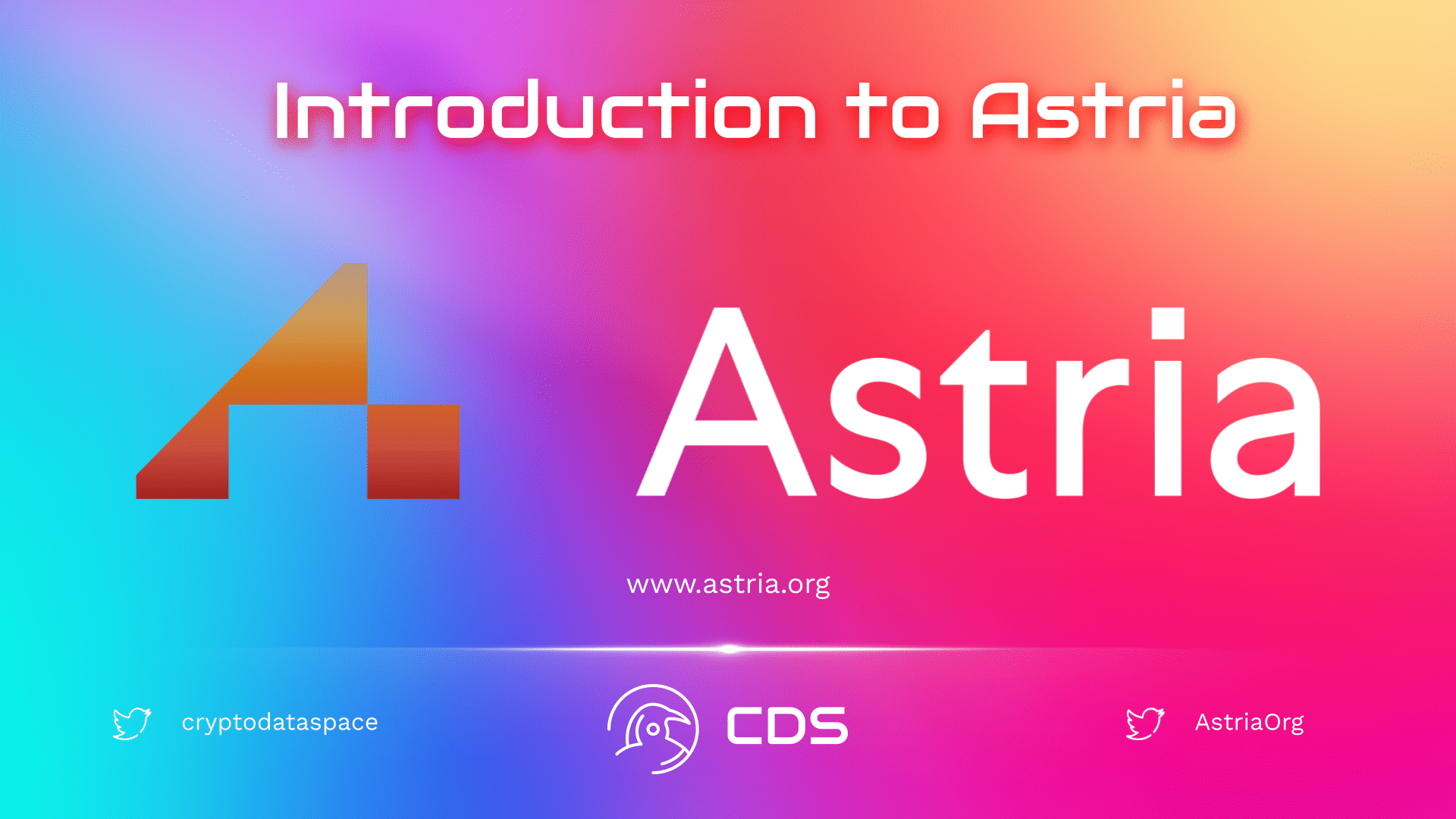Astria eliminates the need for centralized sequencers by enabling several rollups to share a single, permissionless, decentralized network of sequencers. With each rollup’s sovereignty preserved, their shared sequencer network offers quick block confirmations, atomic cross-rollup composability, and out-of-the-box censorship resistance. This article is an introduction to Astria and provides you with access to the platform’s key points of interest.
Introduction to Astria

The Astria EVM, the first rollup to be powered by the shared sequencer network, is being introduced. Today’s flagship virtual machine is the EVM, and Celestia intends to fill the obvious demand for it in the ecosystem. The Astria EVM is able to address restrictions in scalability, throughput, and decentralization posed by existing EVMs by utilizing Celestia for data availability and the shared sequencer network for quick, censorship-resistant transaction ordering.
In essence, they want the Astria EVM to serve as a hub for liquidity and bridging, both within the Celestia data availability cluster and with other ecosystems, in order to assist the rollup ecosystem of Celestia getting off the ground.
Astria’s War Against Centralization
By offering rollups with a decentralized sequencer and even better UX, Astria takes on centralization head-on. The shared sequencer network of Astria is a middleware blockchain that accepts transactions from various rollups and has its own decentralized sequencer set. These transactions are arranged into a single block and are not actually executed before being written to the base layer.
Without waiting for the base layer to include them, rollups can access blocks from Astria as soon as they are produced. The decentralized sequencer set of Astria carries enough economic weight to guarantee the validity of this transaction order. Rollups can give their end users quick block confirmations because of this “soft commitment.”
Rollups can also wait for blocks to be added by the foundation layer, which will give them the highest finality. Fast pre-confirmations are only an extra feature that Astria offers to rollups if they choose to use them.
What are the Benefits of Shared Sequencing?

There are three key benefits of shared sequencing that stand out for users. These benefits are discussed in detail below.
Decentralization as a Service
The network’s block-producing nodes do not need to maintain the state of any dependent rollup because Astria decouples ordering from execution. Moreover, the network is unconcerned with the number of different rollups utilizing it. As a result, Astria can provide decentralization as a service to any number of rollups.
Cross-Rollup Composability
The platform is able to guarantee that transactions are only included as part of an atomic bundle since it manages the transaction ordering for multiple rollups. Because of this, users can specify that a transaction on Rollup A can only be included in a block along with another transaction on Rollup B. Astria opens up intriguing possibilities, including atomic cross-rollup arbitrage, by enabling such conditional transaction inclusion.
Respecting Rollup Sovereignty
Rollups must be able to take advantage of Astria‘s advantages without being concerned about getting locked in because sovereignty is crucial. Because of this, changing the sequencing layer only requires upgrading the software on a rollup node to utilize a different fork decision rule at a specified block height.
Final Status of the Project

The current state of the platform can be reviewed under three different headings.
Shared Sequencer Devnet
They have been putting a lot of effort into creating a Devnet for the shared sequencer network and have come a long way toward finishing it. In the upcoming weeks, they can’t wait to share more.
The Team
They are extraordinarily pleased with the talented team they have already put together. The ability of the team to create, work together, and produce excellent results over any time horizon is made possible by this solid team foundation, which is the most crucial component in the project’s continued success.
Fundraising
In a recent seed round, the platform raised $5.5 million. Figment Capital, 1kx, Delphi Digital, Lemniscap, Nurikabe, Anagram, Robot Ventures, and Breed VC also participated in the round, which was led by Maven 11. Moreover, Tom Howard, David Choi, Marc Bhargava, and BatuX are some of the people who contributed to the round.















Leave a comment